Snails without a shell are generally categorized as slugs. Removing a shell from a snail will cause it to die, however, slugs have evolved to lose their shells.
Contents
When is a snail not a slug?

For many of us, slugs and snails are largely grouped together. We might even be tempted to believe that a slug is simply a snail that has lost its shell. In a way, this is partially true. Slugs are believed to have evolved from their snail cousins, through a process known as vitrinisation. This is the process whereby the snail’s shell becomes smaller and in time disappears or is absorbed into the body.
We can see this process happening in species known as semi-slugs. In semi-slugs, the shell is still present, but is no longer big enough for the snail to retreat into. For many slugs, however, some remnant shell is still present, hidden beneath their skin, but not visible.
However, though slugs evolved from snails, it’s important to remember that they are still separate from one another today. Although the snail shell may look purely decorative to us, it contains many of the snail’s vital organs, such as the snail’s heart and lungs. Therefore, if a snail’s shell were to be removed, the snail would die, rather than living on as a slug.
Also read: Snails are Slow: Here’s a Reason Why
| Snail Type | Shell Presence | Description |
|---|---|---|
| Slugs | No external shell | Slugs have a soft, elongated body and a prominent foot used for locomotion. They lack a shell. |
| Semi-Slugs | Partial shell or vestigial shell | Semi-slugs have a reduced shell that may be internal or partially present. |
Semi-slug species
Glass snails
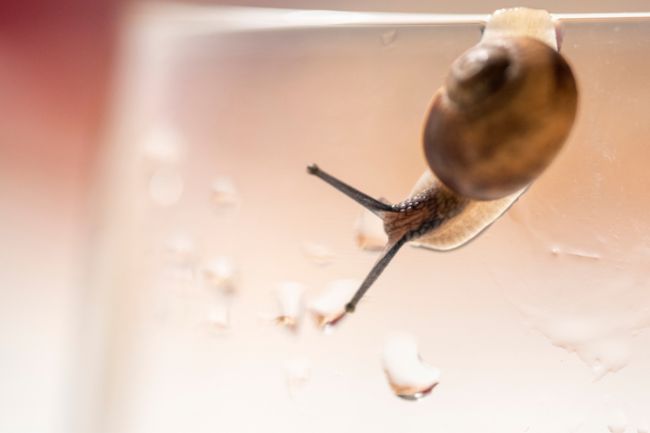
Glass snails, are the family after which vitrinisation was named, as they are the Vitrinidae. They get their English name from the transparency of their shells, which look glass-like. The ear-shaped glass snail is found throughout Europe, living in mountainous areas, as well as forests. It is so named for its flattened shell, which is too small for it to retreat into.
Yellow-shelled semi-slug
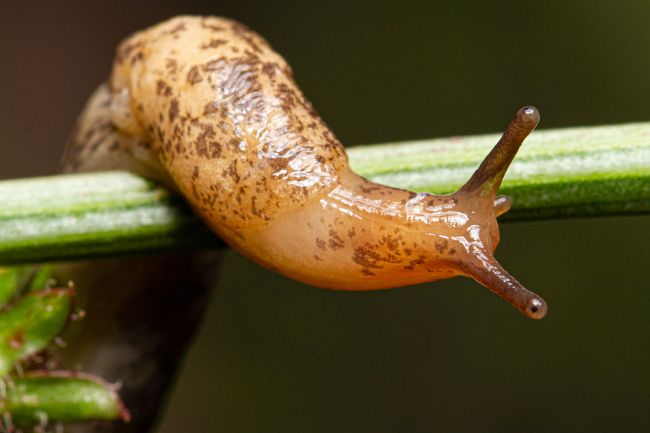
The yellow-shelled semi-slug, is naturally found in Southeast Asia, but has been brought across to the USA, where it is considered a pest. It has a soft yellow shell, that is located towards the end of its body, making this species look particularly slug-like. A herbivore, it has been found to eat fruits such as papaya, as well as leafy plants.
Reddish Daudebardia
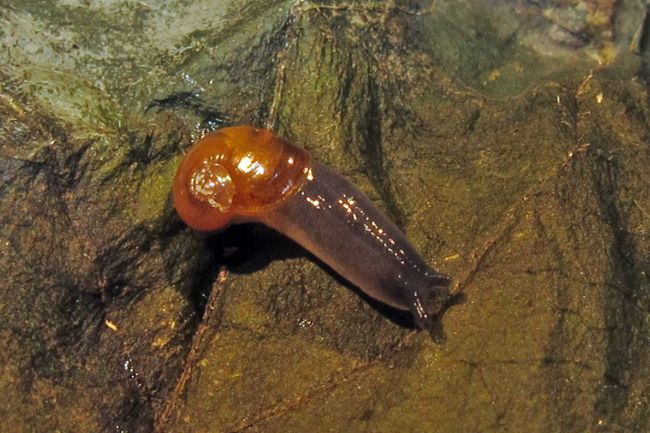
A small snail, with a smaller shell, that it cannot retreat into, this species is found from Asia into Europe. It spends much of its time underground, hunting worms and other molluscs, and it is believed that this lifestyle is what caused it to begin to lose its shell.
Dromedary Jumping-slug
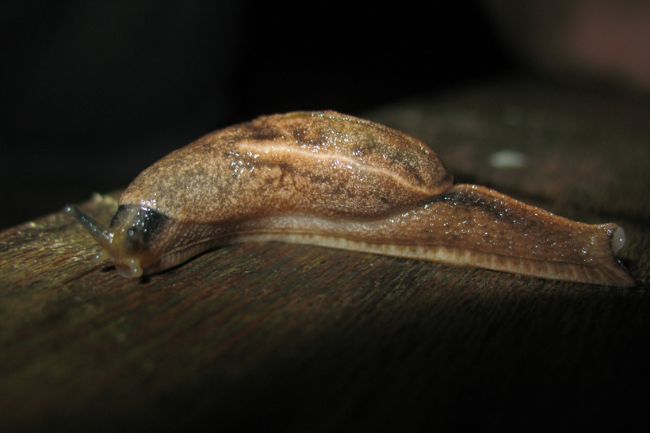
The Dromedary Jumping-slug is an unusual species, found solely in a few locations on Vancouver Island. The internal shell in this species is visible through an opening in the slug’s skin. This species and its relatives, get their name from their writhing and leaping response to being threatened.
Slugs
The leopard slug
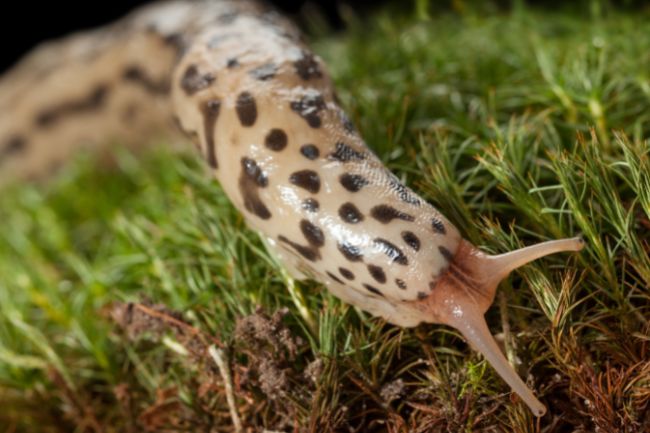
The leopard slug is a member of the keeled slugs, and one of the larger slug species, reaching up to 20cm in length. They get their name from their mottled grey colouring, looking somewhat like the spots on a leopard. It is an omnivore and will eat rotting and living plants, as well as eating other slugs. It is commonly found in gardens.
Large red slug

The large red slug is highly distinctive due to its red colour and size. There are also other colour morphs, such as black. This species is found throughout Europe and is common in gardens and woodlands.
Pacific Banana Slug
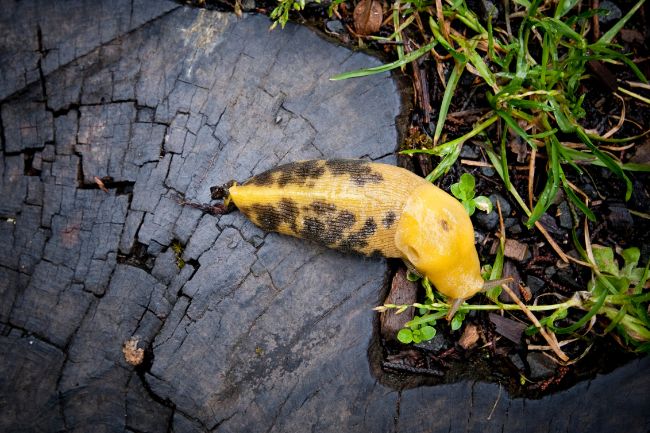
The pacific banana slug is the second-largest species in the world and is named for its vibrant yellow colour. Found on the Pacific coast of North America, they have a varying amount of black on their bodies, either in patches or the entirety of their tails being black. Banana slugs have a particular preference for mushrooms but will eat a wide variety of things. They spend much of their time in damp forests.
Is there is shell-less snail?
Humans tend to enjoy putting things into boxes, yet nature has a way of sneaking out of the cracks and surprising us. For most nature books, slugs and snails sit separately in two boxes. Yet, when we look closer we can see that slugs are simply the end result of snails losing their shells, and there are a variety of semi-slugs in between.
So can we say that every slug is just a shell-less snail? Or are there no shell-less snails at all, and only slugs? Who knows.

